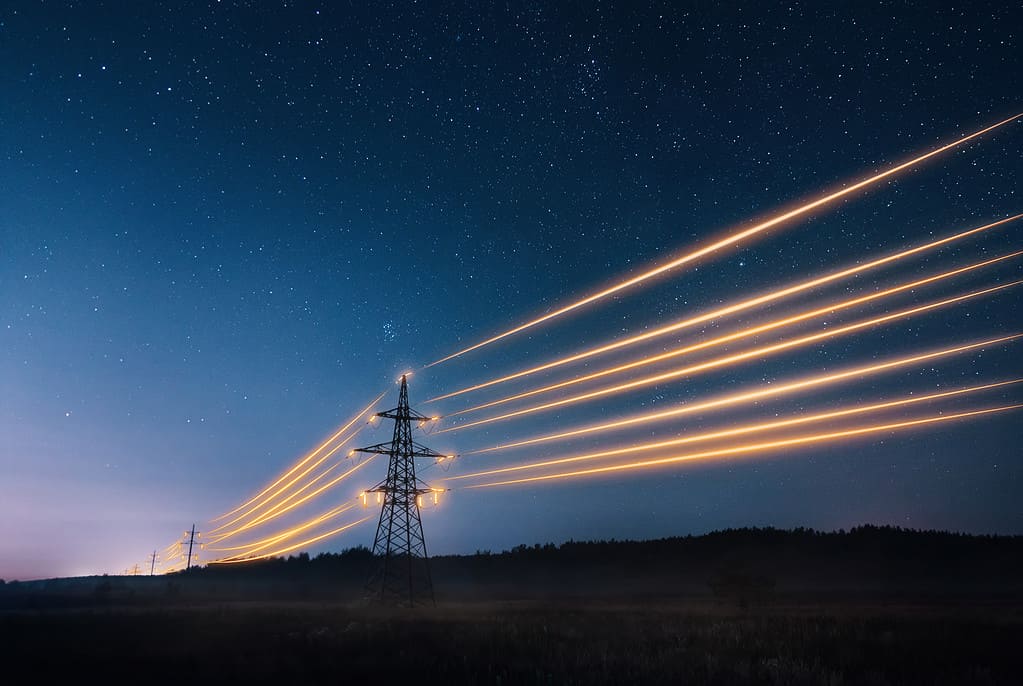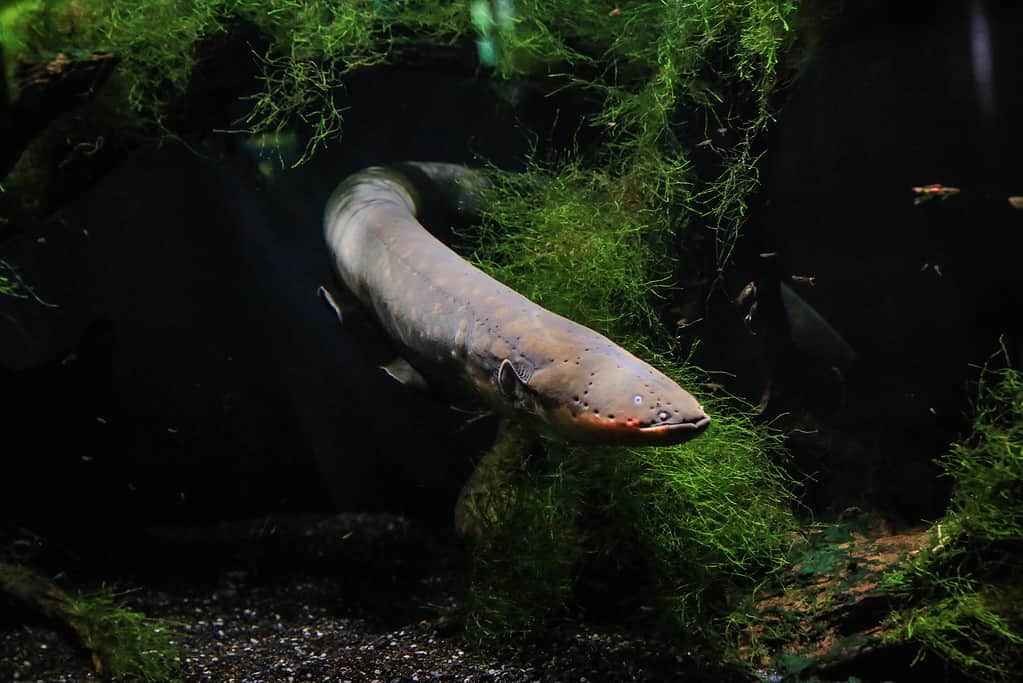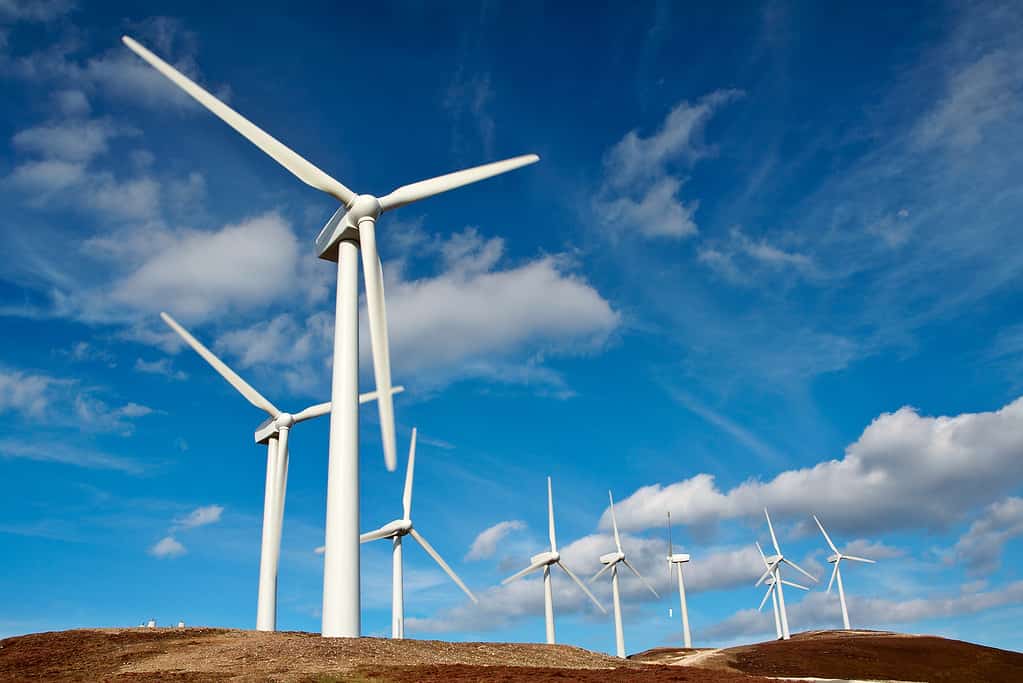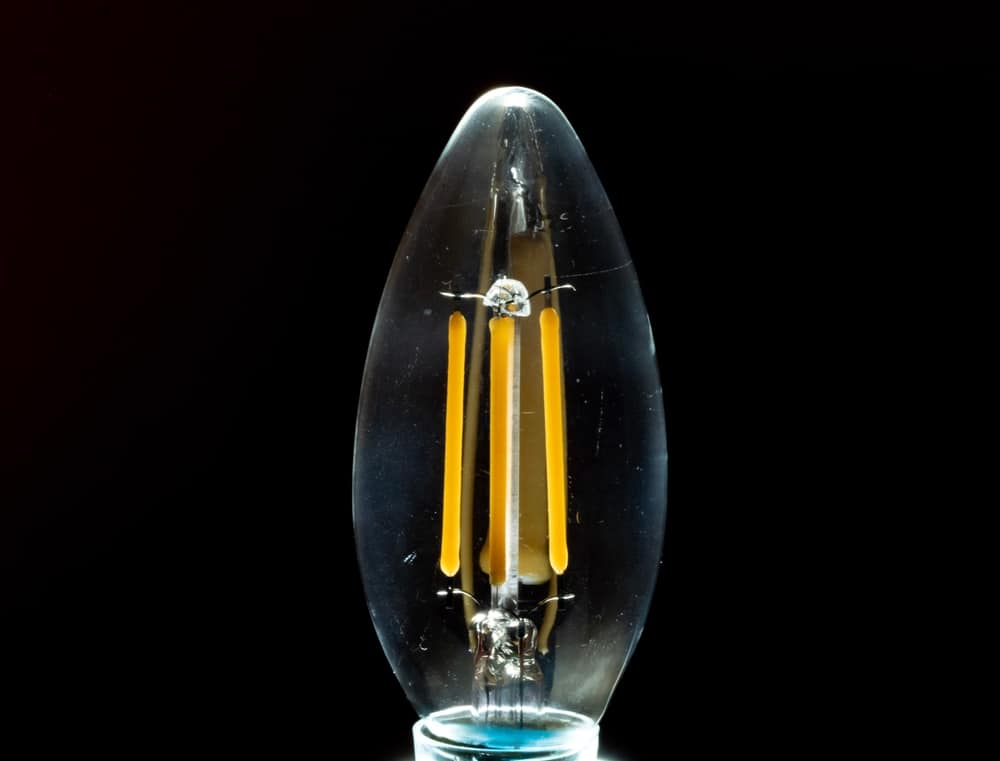Who Really Discovered Electricity: Exploring the Masterminds Behind It All
Electricity is extremely important. Without electricity, there wouldn’t be light bulbs in your house. You would have to walk around with a candle everywhere you go. There wouldn’t be the ability to use a microwave or an electric stove. There wouldn’t be a computer or a telephone. All of the things we are, in some sort of way, addicted to — the telephone, the tablet, the computer, the video game — would not exist, if it weren’t for electricity.
So who discovered electricity? The answer isn’t so simple. There isn’t one person that discovered it. Many people attribute Benjamin Franklin as a founding father in advancing how we use electricity. But the reality is that over the centuries, many advances led to what we have today.
Let’s take a look at who really discovered electricity and explore the masterminds behind it all.
What is Electricity?

©Artur Nichiporenko/iStock via Getty Images
First off, let’s dive into what electricity is. Electricity is the flow of electrons between atoms. Electricity can be seen in lightning, for example. Over time scientists figured out how electricity can be generated and thus various modern objects use electricity. Through an electric current, we can now power things like computers, light bulbs, or kitchen appliances. Moreover, scientists discovered many advances in electricity over the centuries. Let’s take a look at the masterminds behind the discovery of electricity.
Ancient Egyptians
There are texts written around 2750 BCE from the Ancient Egyptians that described shocks from a species of electric fish. Egyptians would refer to this fish as the “Thunderer of the Nile,” They further described these fish as a protector of the other fish swimming in the waters. The electric fish was also used for medical purposes — mainly to alleviate headaches, gout, and nerve pain. This process is called electroanalgesia.
Thales of Miletus
Thales of Miletus was an Ancient Greek philosopher who engaged in the study of mathematics, science, and nature. He made several studies on static electricity around 600 BCE and made the hypothesis that friction made amber magnetic. With other minerals, that was not the case. Because of this observation, it is said that the Ancient Greeks discovered static electricity. Interestingly enough, archeologists discovered Greek pots with sheets of copper. They assumed that they could be ancient forms of batteries to create electric light.

©iStock.com/Kseniia Mnasina
The Parthians
It is said that the Parthians also made a major contribution to the advancement of the use of electricity. Parthians are from modern-day northern Iran. Archeologists found a vase made of clay that dates back to the Parthian Empire. Inside the clay vase, there was a hollow cylinder made of a sheet of copper. At the bottom of the cylinder, there was another sheet of copper. Inside the cylinder contained several layers of asphalt. Then, on top of the asphalt inner layer, there was a plug made of iron. Whether this was something electrical or not, scientists have hypothesized that it could have been something resembling a battery. This also could have been used for medical purposes.
William Gilbert
For a thousand years, no advancements were made to electricity and how it could be used. It wasn’t until 1600 that English scientist William Gilbert studied magnetism and electricity. He published his findings in a book called De Magnete. Furthermore, Gilbert concluded that if you rub amber together, there is an effect called static electricity. He further named that property electricus, which is from the Greek word for amber. In 1646, the English polymath Thomas Browne Anglicized “electricus” and named the terms electric and electricity.
Benjamin Franklin
Benjamin Franklin is perhaps the most monumental person in advancing the use of electricity in how we use it today. He researched electricity with great interest and concluded that electricity had both positive and negative elements and they flowed back and forth one another. In 1752, he attached a key to a kite and flew the kite in a thunderous sky. What happened next led to an electric revolution in the next century. Sparks from the lightning hitting the key flowed down the string and shocked him. After hearing the news, there were similar experiments in Paris and London.
Alessandro Volta
Before we delve into Alessandro Volta’s work, it’s important to point out the term voltage or volt. A volt is how we measure electricity. Alessandro Volta was an Italian physicist. He was able to conclude that certain chemical reactions can produce electricity. In 1800, he built the voltaic pile, which is kind of like an early electric battery, from zinc and copper. This battery produced an electric current, which means that he was the first to discover and create an electric current. He also invented the first transmission of electricity when he linked positive and negative connectors to create an electrical charge.

©Rafa Irusta/iStock via Getty Images
Michael Faraday
Michael Faraday is considered the Father of Electricity. In 1831, he invented the electric dynamo. This contraption was like a crude power generator. The invention had a coil made of copper wire and it created a tiny electric current. This was monumental in the advancement of using electricity in everyday society. It paved the way for scientists in the future to further advance electricity into more modern times.
More Modern Inventors
Throughout the 19th century, after the discoveries of Benjamin Franklin, Alessandro Volta, and Michael Faraday, the rate at which electricity would be used in society went much more rapidly. Here are a few of the key people that made advancements.
Thomas Edison
Thomas Edison is perhaps one of the most famous inventors in history. He is credited with being the inventor of the light bulb. In 1878, he did just that and the light bulb was able to stay lit for hours. This led to a revolutionary new way of establishing electricity in people’s homes and workplaces. Furthermore, in September 1882, he worked with British scientist Joseph Swan to set up the first electric street lamp in New York City.
Edison is also the inventor of the phonograph, the motion picture camera, and countless other inventions. He was also the first to have a permanent research laboratory to dedicate a place for his revolutionizing inventions.

©AJs Photo Art/Shutterstock.com
Nikola Tesla
We all know the sleek, new cars called Teslas. But before the car, the most famous Tesla was a man by the name of Nikola Tesla. Serbian-American inventor Nikola Tesla was a major contributor to the advancement of how we use electricity today. He worked together with many scientists, including Thomas Edison. Tesla was a major force in the advancement of alternating current (AC), which is the way electricity is produced and transmitted. He was also a mastermind in developing the induction motor, the polyphase distribution system, and the radio (although Guglielmo Marconi is credited as the inventor of the radio).
Conclusion
And there you have it, these are the people who contributed to the advancements in how we use electricity today. Everyone on this list is a founding father in the discovery of electricity. Furthermore, they made advancements that led to the next advancement that brought the way we use electricity today. Also, many people discovered new things about electricity, well into the 20th century. More and more things have relied on scientists’ discoveries that have contributed to the objects we have and use every day.
The next time we turn on the light or charge our phone, let’s think about how these masterminds devoted their entire life to creating technologies that would advance society. Let’s thank these people for their amazing, life-changing contributions.









